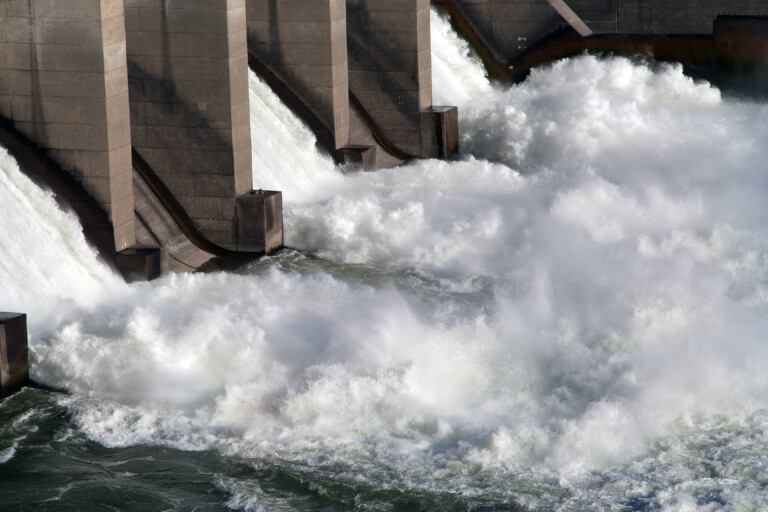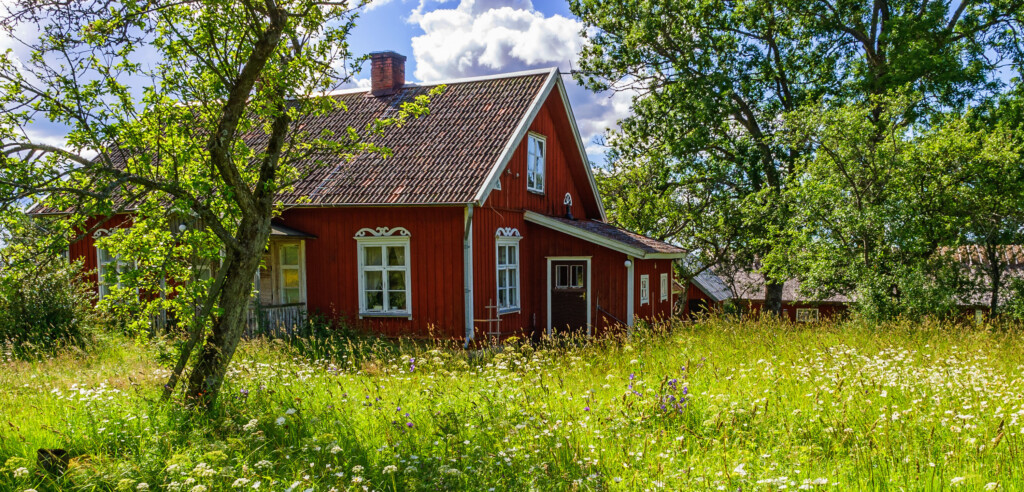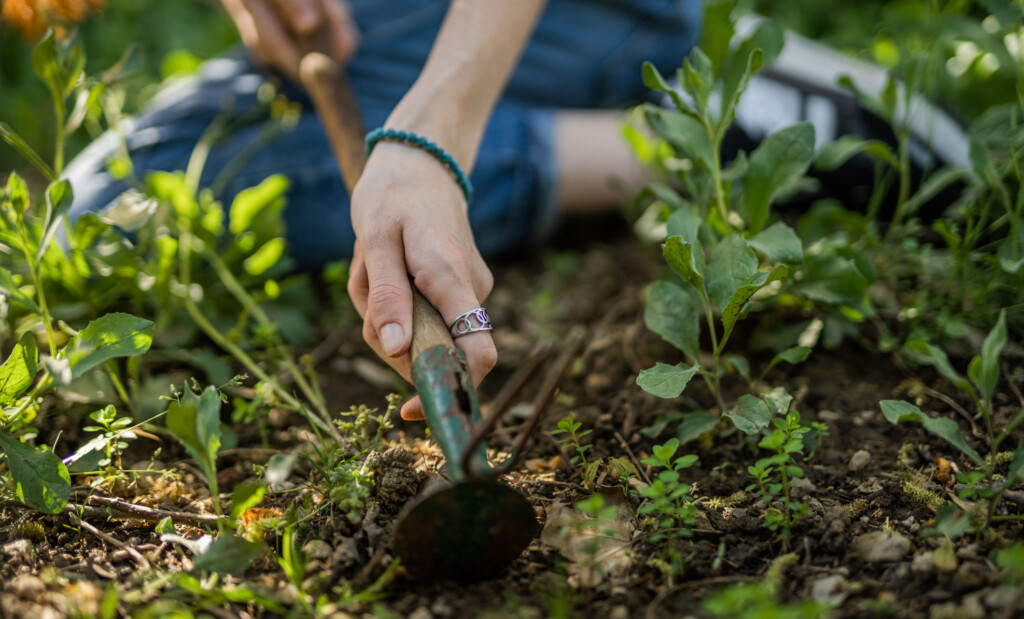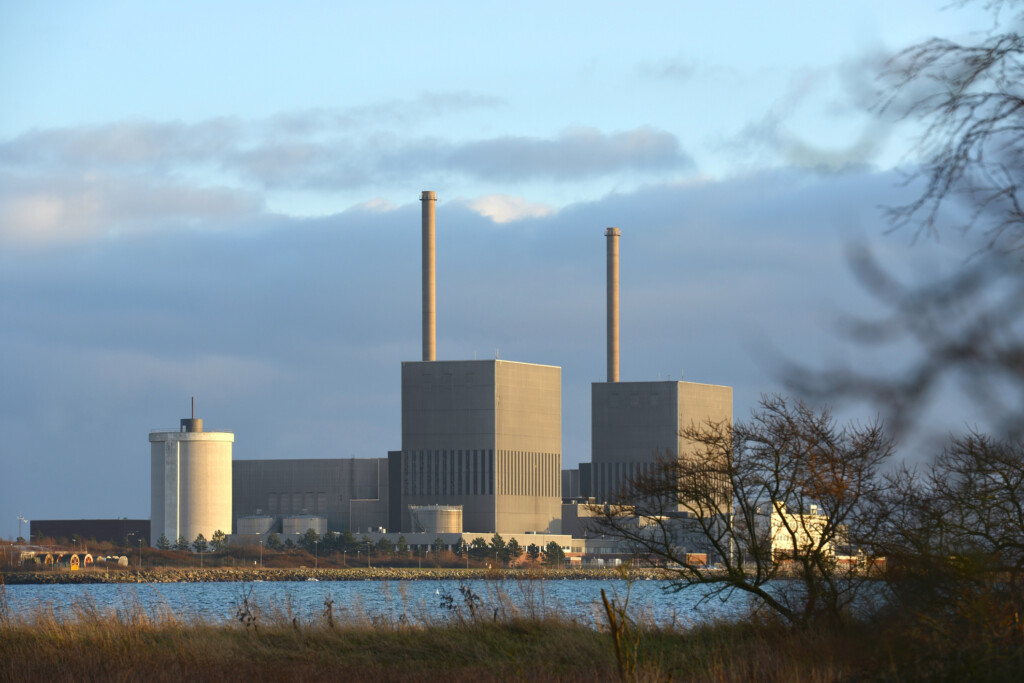Transport
“Healthy ecosystems for healthy people”
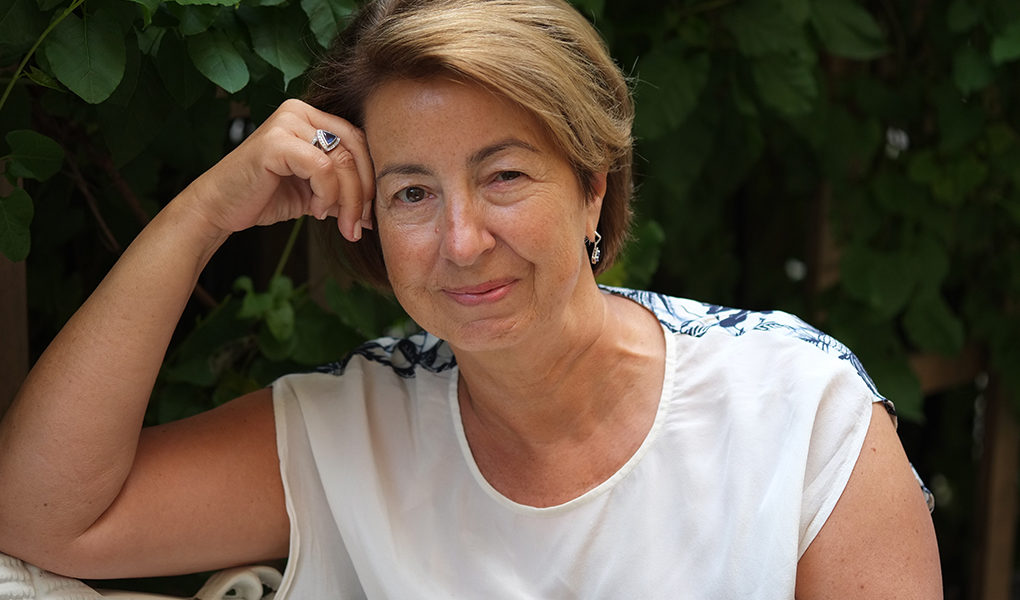
Like a fish out of water. That’s one way to describe Birgitta Evengård. A medical doctor, she emphasises that humans are part of nature and that healthy ecosystems are the foundation for healthy people. But even though climate science has been around for many years, she is still one of the relatively few who talk about it in medical terms.
Subscribe to Extrakt newsletter!
Läs mer
Stay up to date! Get the knowledge, ideas and new solutions for a sustainable society.
Personal data is stored only for the mailing of Extrakt newsletters and information related to Extrakt’s operations. You can cancel the newsletter at any time, which means you will no longer receive any emails from us
Global warming is expected to progress rapidly especially in the Northern Hemisphere. Elevated temperatures can mean that animals like ticks and mosquitoes become carriers of new types of diseases.
Warming can also release infectious agents frozen in the permafrost, as carcasses that were buried long ago thaw out and cause infectious agents to rise to the surface of the ground.
“It caused an outbreak of anthrax on the Yamal Peninsula in 2016 when a 12-year-old boy and his grandmother died. Around 7,000 carcasses had been buried on the tundra and when the ground began to thaw, people living in the area came into contact with the infection. Anthrax bacteria can form spores that survive in the soil for a hundred years,” Birgitta Evengård explains. She adds that we have had similar incidents in Sweden but to a much lesser extent, thanks to our ability to rapidly limit the spread.
Link between climate and health
Her research takes its point of departure in the belief that if humans are to have good health, ecosystems must be healthy.
“Climate change causes plants and animals to relocate, and borders to blur and shift. Since 70 percent of new infections come from the animal world – such as Ebola, Zika, SARS and even HIV – a changing climate will affect the spread of infection.”
Since 70 percent of new infections come from the animal world, a changing climate will affect the spread of infection.
The link between climate and health is still something unexplored in academia, she says.
“I am a medical doctor and I am still relatively alone in the climate change arena, which is amazing because people suffer when climate change takes hold. We are one species among other species, part of the ecosystems.”
New infections as the climate changes
How did a medical doctor find her way to the Department of Clinical Microbiology in Umeå?
“I had been working at Karolinska Institutet for 30 years and had come to the end of the road. I was ready for a change.”
So, at the age of 55 she left Karolinska behind and headed up north to Umeå University.
“I thought about what the people of Norrland needed to get out of this research funding, and concluded that the infection landscape up here could be altered by a different climate. People probably thought I was odd,” she says.
Health communication important
When Extrakt meets up with Birgitta Evengård, she has just finished lunching with two people from the indigenous Sami culture.
“Since they rely on the weather and climate to make their living from reindeer husbandry, and because we want to be able to quickly disseminate our research findings, it’s more important than ever to have a clear dialogue with them.”
We need to reach out to the population to a greater extent than to the experts.
She predicts that health communication will become a vital topic in the future.
“We need to reach out to the population to a greater extent than to the experts.”
More research is needed
Evengård leads the Arctic research project CLINF (Climate-Sensitive Infections), which is behind the discovery of the giant tick Hyalomma. Going forward, the research group will look for answers on which infections are climate sensitive. Among the infections studied are malaria, dengue fever, Lyme disease, TBE, tularemia and epidemic nephropathy.
In general, she believes that climate change needs to command more attention in medical research.
“For this to become a reality, more research money is needed in the field. So far a lot of funds have gone to naturalists, but humans are, of course, part of nature.
I’m a doctor and I want our ecosystems to be healthy, and to achieve this we need to safeguard nature.
What’s behind Evengård’s unmistakable passion and drive?
“I’m a doctor and I want our ecosystems to be healthy, and to achieve this we need to safeguard nature. Alexander von Humboldt is a great inspiration to me – he was both the Beatles and the Rolling Stones of the 19th century. I wish more young people knew about him. He laid the foundation for our view of ecosystems and modern environmental thinking.”
Alexander von Humboldt
Alexander von Humboldt was a German explorer who lived from 1769 to 1859. He studied geology and devoted himself to botany in his spare time. From 1792 to 1797 he worked as a mines inspector for the Prussian government. The financially independent Humboldt then travelled to Paris, the leading natural sciences environment of the time, where he met botanist Aimé Bonpland.
Source: Swedish National Encyclopaedia


